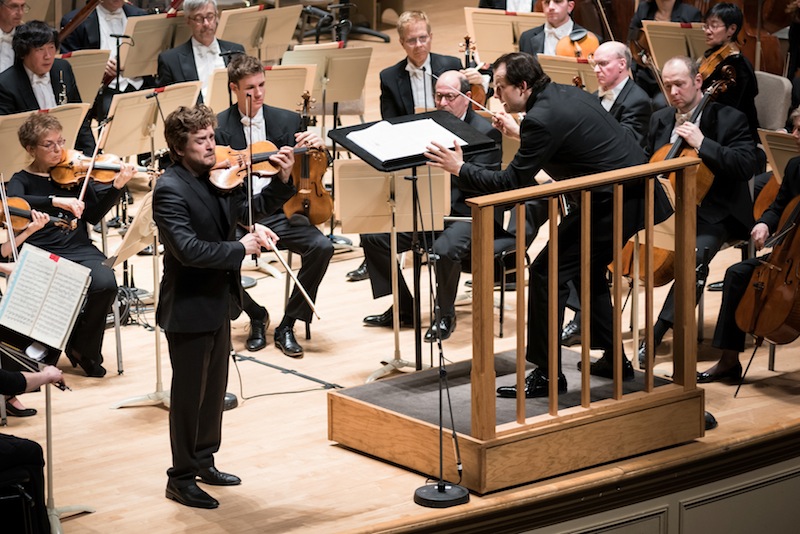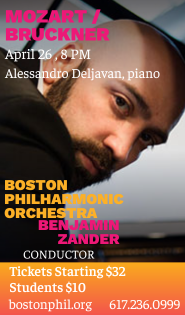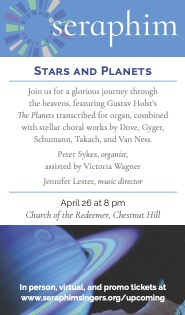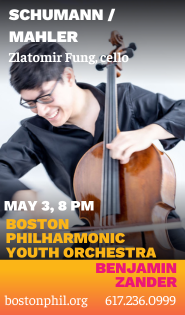Crisp Shostakovich and flighty Beethoven from Nelsons, BSO and Tetzlaff

Christian Tetzlaff performed Beethoven’s Violin Concerto Thursday night with Andris Nelsons and the BSO. Photo: Liza Voll
It was a night for virtuosos, eager or reluctant, on Thursday, as the Boston Symphony Orchestra under Andris Nelsons dazzled with two powerful Shostakovich scores and violin soloist Christian Tetzlaff teased with a dreamy, whimsical rendering of Beethoven’s Violin Concerto.
If the dissonant crash that opened the concert seemed to be starting in the middle of something, it’s because it was. The Passacaglia from Shostakovich’s Lady Macbeth of the Mtsensk District marks a turning point in the opera’s lurid plot of sexual infidelity and murder.
As a genre, the passacaglia first became popular as a stately Baroque dance, but composers soon discovered that its form—variations over a repeating bass line—was a potent tool for expressing darker notions of obsession or fate.
Even listeners who had grown accustomed to the piquant harmonies of this composer’s symphonies might have been startled on Thursday by the Passacaglia’s initial wall of dissonance and atonal bass line. This was Shostakovich the unrepentant modernist, participating fully in the Expressionist trends of the 1920s and 30s—and getting in trouble for it.
In fact, this music marked a turning point not just in Shostakovich’s opera, but in his composing career. While Lady Macbeth was earning rave reviews abroad, Soviet authorities, apparently at the instigation of Stalin himself, were castigating it as “coarse, primitive and vulgar” and a disservice to the heroic Soviet people and their Great Leader. For the next decade and a half, Shostakovich composed under the shadow of a despot whose displeasure could send him to prison, or worse.
That burden was lifted only by the dictator’s death in 1953, an event to which Shostakovich responded with his Tenth Symphony, the work that concluded Thursday’s program.
All this real-life political drama lay in the future, however, when Lady Macbeth hit the boards, and conductor Nelsons quite rightly focused on the Passacaglia’s effect as theater. Following the powerful preamble, he built the variations brick by brick, from the deep double basses through the strings to the other sections, until he could throw his arms wide and revel with his players in the tutti fortissimo.
Impressive as this long buildup of homicidal rage was, the closing pages were more memorable still, as Nelsons and the orchestra’s woodwind soloists brought the music to earth in a despairing diminuendo that summed up the drama’s tragic arc.
Conflict of another sort—not murderous, one hopes—characterized the performance of Beethoven’s concerto, as Nelsons stepped out smartly in the first movement’s orchestral exposition, violinist Tetzlaff responded with a flight of imagination that was noticeably casual about rhythm, and thereafter the two seemed to be circling each other, seeking consensus. The soloist rushed ahead or held back as the fancy struck him, while the conductor looked for a lifeline, often finding it in the four steady drum taps that opened the piece and recurred frequently thereafter.
The orchestral sound emphasized the contrast between sections, the winds rich-toned and creamy, the strings cool even in their lyrical theme. The soloist’s tone was a slim but strong filament, capable of many shades of piano and pianissimo, yet firm enough to stand up to assertive bowing, especially in the first-movement cadenza, a colorful affair in several sections with interjections from the orchestra, adapted by Tetzlaff from Beethoven’s piano-and-orchestra arrangement of this piece.
In the second movement, soloist and conductor seemed to agree that Larghetto was a very slow tempo, and that staying in a soft-to-very-soft dynamic range would have a hypnotic effect, which it did. The violinist’s fine thread of tone traced the curlicues of his part enchantingly.
In the finale, Tetzlaff set a tempo that was not so much a rustic dance as a headlong dash, nearly leaving the orchestra at the starting gate. Nelsons was able to establish a steady beat in the episodes, but when the violinist was driving, this car took the corners pretty fast. Ultimately, Tetzlaff’s lean, whippet-style approach carried the day, thanks to some nifty passagework and the violinist’s unflappable poise.
Soloist and conductor hugged each other when it was over—a gesture now almost as obligatory as the standing ovation—but whether it was a friend’s greeting, a fighter’s clinch, or some of each, we will never know.
Called back repeatedly to the stage, Tetzlaff obliged with an elegantly voiced encore of the Gavotte en Rondeau from Bach’s Partita in E major for unaccompanied violin.
It would be gross to impose a “program” on Shostakovich’s Tenth Symphony, but in Thursday night’s intensely focused performance, it was hard to escape the sensation of an artist emerging from a dark place into the light. Perhaps conductor Nelsons was relieved to have the stick one-hundred-percent back in his hand again, since firm control of tempo—definitely on the slow side of the marked Moderato—was the watchword in the gripping first movement. The burden of expression was carried not by tempo fluctuations but by clear, full-bodied instrumental tone and shapely melodic lines.
The brief Allegro that followed was a stunner. Driven by percussion that stuttered, roared, and banged like concussion shells, the full ensemble hit climax after climax with pinpoint timing, clarity, and downright scary dynamic force. If, as has been alleged, this was Shostakovich’s musical portrait of Stalin, then people were right to be afraid of him.
The Allegretto began like a furtive version of the Allegro, its meter ambiguous until a stern, tambourine-driven waltz took hold much later. A dialogue arose between two themes, the latter containing a four-note motive based on the composer’s name, which he would go on to use as a melodic signature in other works. (To have an individual signature at all was a contradiction of Stalinist collectivism.) A sense of something “becoming” was almost palpable here, thanks to Nelsons’ attention to detail and transitions.
Speaking of individualism, hornist James Sommerville gave a sure-footed, shapely account of a long passage over pizzicato strings, one of many instances in this symphony of taxing, exposed solos for winds which contribute mightily to the character of the work when well executed, as they were Thursday night.
In the Andante opening of the last movement, Nelsons provided a sensuous setting for the rich tone of oboist John Ferrillo and flutist Elizabeth Rowe as they took turns with the nostalgic theme. In the concluding Allegro, one heard clearly the composer’s signature motive grappling with fierce music uncomfortably reminiscent of the “Stalin” second movement.
Here as there, the players’ sheer athletic skill and musical panache in the hectic closing pages banished, for the moment, any troubling thoughts about how this dark battle would turn out. The applause was loud, long, and well deserved.
The program will be repeated 8 p.m. Saturday. bso.org; 617-266-1200.
Posted in Performances



